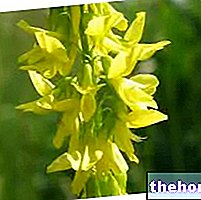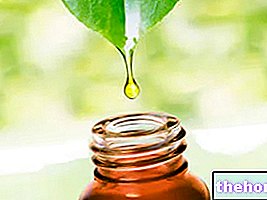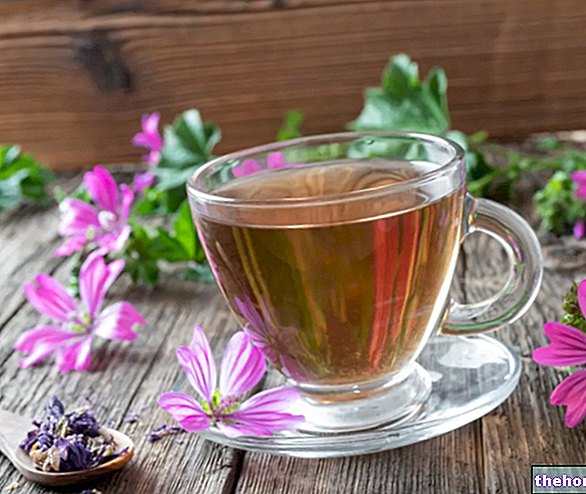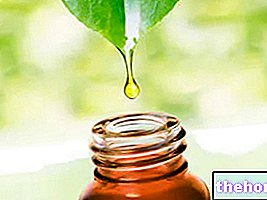Introduction
In the past, gymnema was classified among the natural remedies par excellence in the treatment of the so-called "sweet urine" (a disease better known as diabetes mellitus). On the other hand, just think of the etymology of the name “gymnema”: it derives from “Gur mar”, a term which, literally translated into the Hindu language, refers to “eat sugar”. Not surprisingly, in ancient folk medicine, it was recommended to chew gymnema leaves to reduce glycosuria.

In this article, the plant will be studied in botanical and phytotherapeutic terms, extrapolating its key points: the most influential medicinal properties of gymnema will therefore be dealt with extensively, without neglecting, however, the less known but equally important aspects.
Botanical description
Gymnema sylvestris it is a small shrub belonging to the Asclepiadaceae family: we are analyzing a typical climbing plant native to central Africa, currently widespread in all continents except America. Gymnema s "imposes itself with its dense ramifications, climbing up to the top of the highest trees; its branches are covered with opposite, petiolate, oval, sometimes elliptical leaves. The flowers are typically bell-shaped and gathered in pedunculated racemes.
Active ingredients of gymnema
The starting matrix for the extraction of the active ingredients is represented by the Gymnema leaves, with their characteristic bitter and at the same time acrid taste.
The active ingredients that make up the phytocomplex are numerous: a note of merit goes to the gymnemic acids (gymnemic and deacilgymnemic acid, present in the leaves in the form of potassium salt), to which the pivotal activity of the plant is attributed (hypoglycemic).
Also important are the four saponins of gymnemic acid (identified with the first four letters of the alphabet), phytosterols, pectins, conduritol A and gurmarin (anti-sweetening polypeptide, which overrides the sense of taste towards sweet foods). [taken from www.simn.org]
Property List
Given the complexity of the substances characterizing the gymnema extract (leaves), the table shows all the activities related to it.
Other articles on "Gymnema"
- Gymnema: properties and main therapeutic virtues
- Gymnema: summary of the properties of Gymnema




























